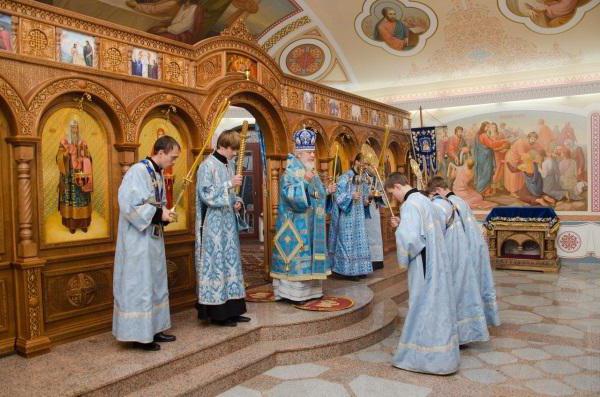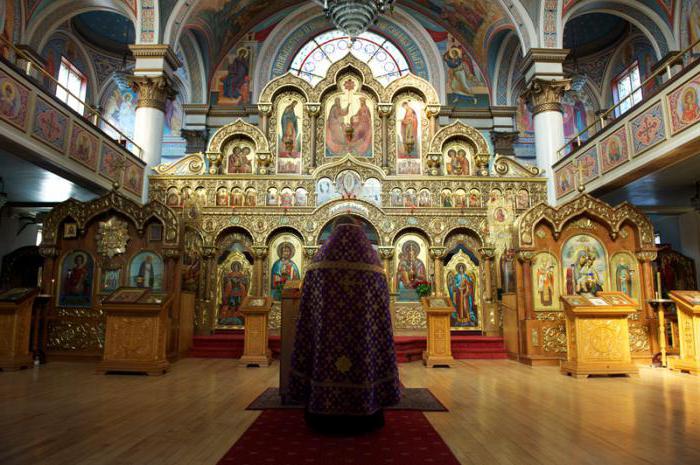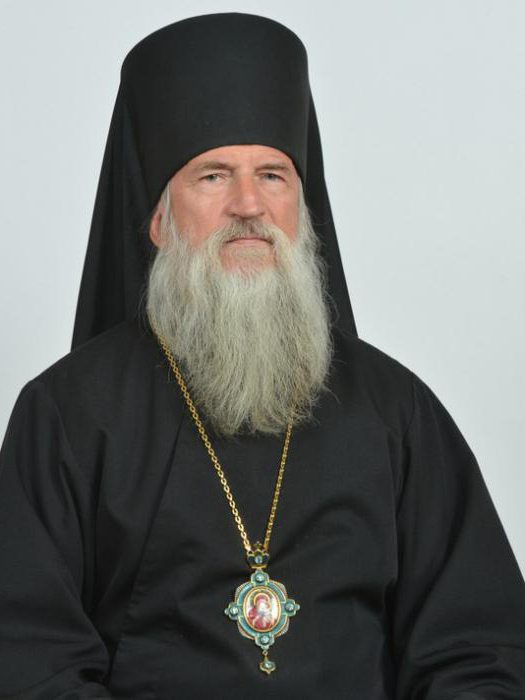From the diocese to the metropolis - such a glorious way for166 years passed the Samara Diocese of the Russian Orthodox Church. The history of emergence, the bishops and the modern diocesan administration will be discussed in this article.
Briefly about creating
The history of the diocese is varied and full of interesting dates and events.
Diocese of Samara was separated from Simbirsk inend of 1850. And then approved by the Synod. And on 01/01/1851, the tsar signed the Highest Decree establishing this diocese. The original name (at the time of formation) was as follows: Samara and Stavropol Diocese. Under this name, it existed from 1850 to 1935.

When in 1935 was renamedSamara in Kuibyshev, respectively, changed the name. Now it was the Kuibyshev and Syzran diocese. Under this name it existed from 1935 to 1991.
In 1990, the original name Samara was returned to the city of Kuibyshev. And he became a regional center. Therefore, from January 31, 1991, the diocese became known as the Samara and Syzran.
Ruling bishops
The Diocese is a church administration unit that is governed by a bishop. During its existence, the Diocese of Samara was governed by 28 bishops. Recall some of them.
The first ruling bishop from 1850 to 1856was Eusebius (E. P. Orlinsky). He devoted a lot of time to missionary activity, especially among the Molokans. Known for the fact that for the library of the religious school, transferred from Stavropol to Samara, donated at least 300 books (this is about 700 volumes). At that time it was a fortune.

The following bishops were no less famous:
- Guriy, in the world S. V. Burtasovsky: ruled for 12 years - from 1892 to 1904
- Konstantin, in the world K. I. Bulychev: ruled for 7 years - from 1904 to 1911
It was during their time of administration that the Samara Diocese had the largest number of church buildings. At that time it was:
- monasteries (18 units);
- chapels (86 units);
- Church (1112 units.).
For the spiritual satisfaction of the parishioners, there were parochial schools (1141 units), religious schools (4 units, one for women), a men's seminary, and 933 female textbooks (for reading).
In the Soviet period, the most famous bishop was John (I. M. Snychyov). He ruled the Samara Diocese as long as 25 years - from 1965 to 1990.
At present Sergius (in the world V.M. Polyotkin) is the ruling bishop since 1993. He is also the head of the Samara Metropolis.
Nowadays
What is the Samara Diocese today?
After the unbundling in 2012 and the separation of the two dioceses, Kinel and Otradnenskoy, in her management remained:
- 189 temples;
- 10 monasteries;
- 23 royal districts;
- 400 priests.
There are also 9 miraculous sources and 4 miraculous icons.
For spiritual education, the diocese founded inthe city of Samara, the spiritual and educational center "Cyrillic", the Samara Orthodox Theological Seminary and the children's diocesan educational center. And in the city of Tolyatti has the Volga Orthodox Institute.
At the same time (the decision of the Holy Synod of 03/15/2012) the Samara Metropolis was established, which included three dioceses, including the Samara one.
Diocese Administration
The Diocesan Administration is located in Samaraaddress: st. Vilonovskaya, 22. Building. The administration is the executive and administrative body of the diocese, which, together with the existing 7 diocesan departments (missionary, youth affairs, prison ministry, etc.) helps the ruling bishop to exercise church power and interact with government bodies.

Territorial Samara Diocese is divided into 23deanery district. In the city of Samara there are nine such industrial, Krasnoglinskoe, Central, Zheleznodorozhny, etc. In the city of Tolyatti there are four such constituencies. There are also decencies in individual cities: Syzran, Zhigulevsk, Novokuibyshevsk, Oktyabrsk, etc. Separately, there is the Monastic Dean District, which unites all the monasteries.












